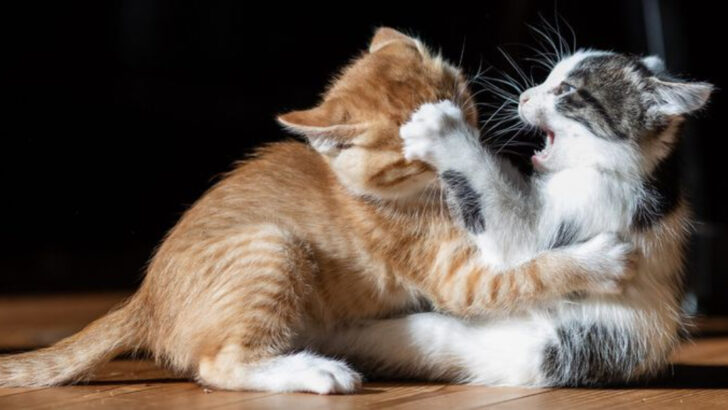Cats are masters of silent conversation. They don’t need words to tell you what they’re thinking—they have tail flicks, ear twitches, and slow blinks that speak volumes.
Big or small, every cat has a secret language, a mix of body movements, scent signals, and barely audible sounds that reveal their moods, desires, and even warnings. A headbutt isn’t just affection—it’s a scent claim. That slow, deliberate blink? That’s a cat’s way of saying, “I trust you.”
And let’s not forget the tail. A puffed-up tail screams danger, while a curled one says, “I’m relaxed, but I’m watching you.” Even their whiskers join the conversation, shifting forward in curiosity or pulling back in unease.
Want to understand your feline friend like never before? Here are 14 fascinating ways cats—both house cats and their wild cousins—communicate without making a sound.
Tail Positioning
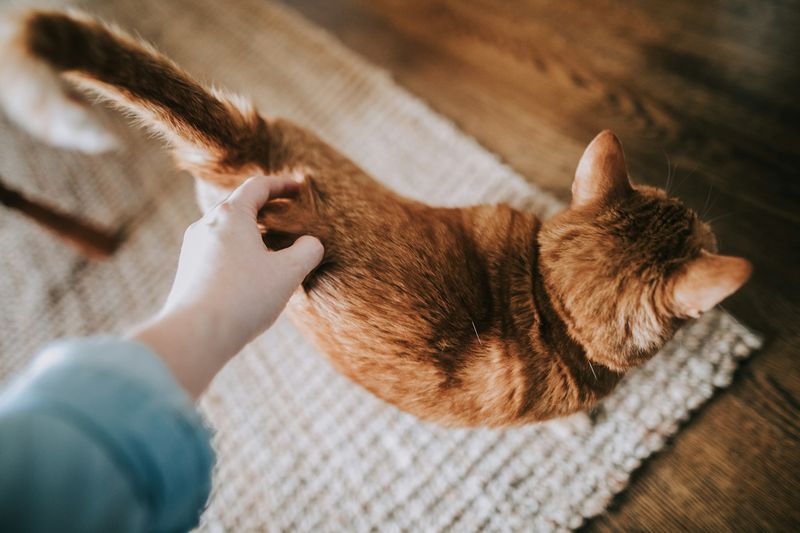
Cats convey their mood through tail positioning. A cat with its tail held high usually signals confidence and friendliness. This posture can invite interaction, as it indicates comfort and openness. Conversely, a low or tucked tail suggests fear or submission.
Observing these tail movements provides insights into a cat’s emotional state, helping owners respond appropriately. A flicking tail can indicate irritation. Understanding these signals allows for better communication, fostering a harmonious relationship.
With big cats, similar tail behaviors are observed, signaling dominance or stress in different contexts.
Ear Movements
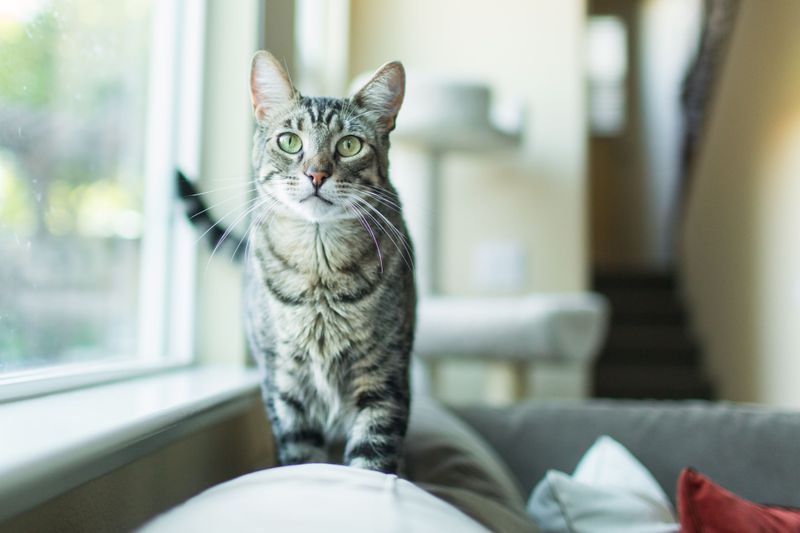
Ears are another expressive feature in both big and small cats. Forward-facing ears suggest alertness and curiosity, often seen when cats are interested in their surroundings. It’s a common sight during play or exploration, signaling engagement.
When ears flatten, it indicates aggression or fear, a universal feline gesture. This defensive posture serves as a warning to others.
For big cats, ear movements are crucial in hunting, aiding in pinpointing prey. Recognizing these cues enhances interactions, providing a glimpse into their emotional world and intentions.
Whisker Orientation
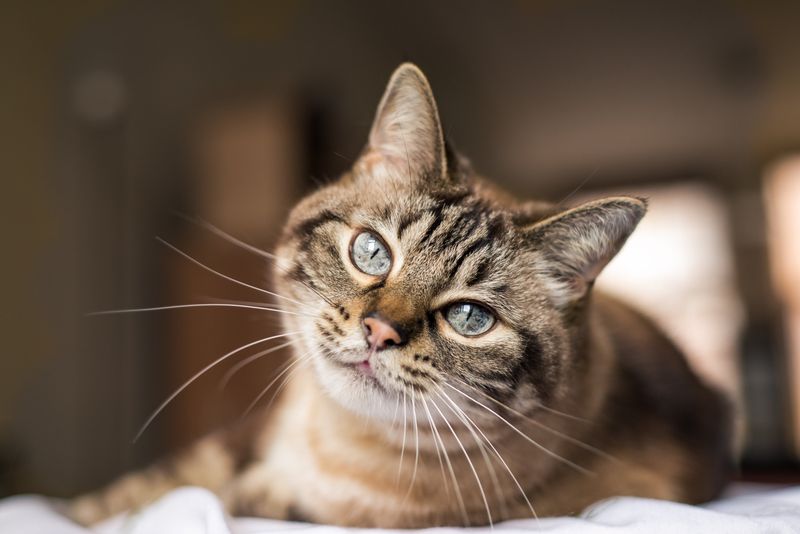
Whiskers are vital sensory tools for cats, and their orientation can convey moods. Forward-pointed whiskers often indicate curiosity or aggression. This positioning shows focus, typical during hunting or play.
Conversely, when whiskers are pulled back, a cat might be fearful or defensive. This subtle cue is key for understanding their comfort level.
In big cats, whisker movement assists in night hunting, sensing nearby objects. Observing whisker dynamics helps owners and wildlife enthusiasts gauge emotions, enhancing the bond between humans and these majestic creatures.
Slow Blinking
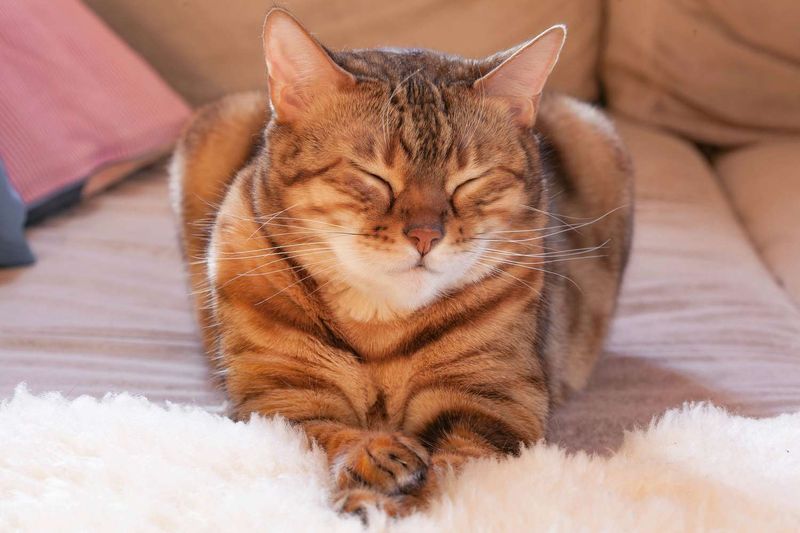
Slow blinking is a sign of trust and affection among cats. When a cat meets your gaze and blinks slowly, it’s sharing a moment of connection. It’s akin to a feline kiss, signalling that the cat feels safe and comfortable.
Responding with a slow blink can reciprocate the sentiment, deepening your bond. In wild cats, slow blinking can be a sign of non-threat, used to communicate with others peacefully.
This subtle act fosters trust, bridging communication between species and enhancing the human-animal relationship profoundly.
Purring
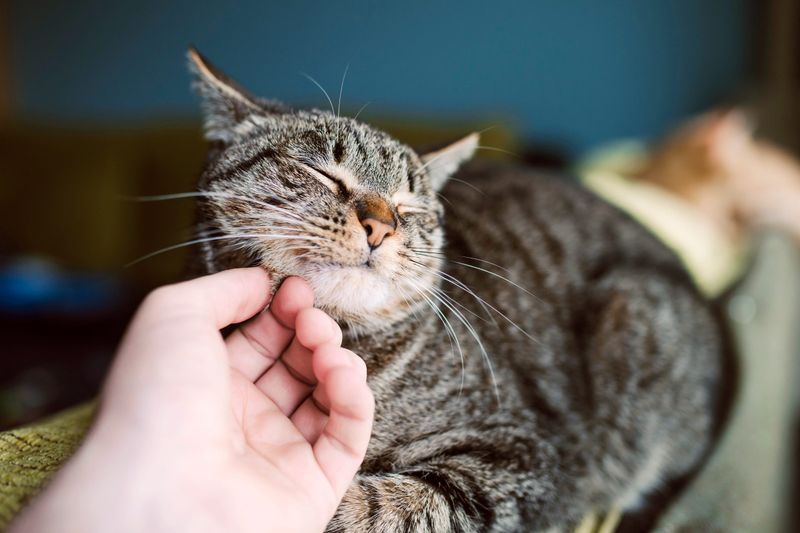
Purring is a multifaceted expression in cats, often associated with contentment. This gentle vibration signifies relaxation and happiness, typically during petting or resting. However, cats also purr when in pain or distress, possibly as a self-soothing mechanism.
In big cats like cheetahs, purring is a communication tool, signaling peace to others in their group. Understanding the context of purring is essential for interpreting their needs.
Recognizing these cues can ensure better care and attention, revealing the complexities of feline emotions and their dependence on context.
Chirping
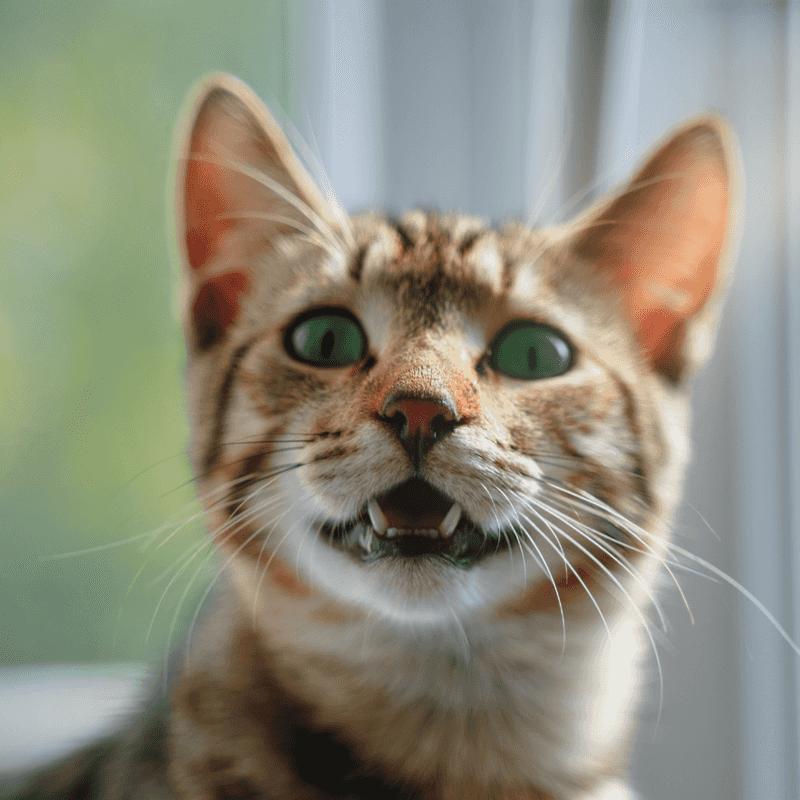
Chirping is an intriguing vocalization, often heard when cats observe birds or other prey. This short, high-pitched sound indicates excitement and predatory instinct. It’s a unique form of communication that showcases their hunting prowess.
While chirping, cats seem to mimic bird calls, possibly to attract or confuse prey. This behavior highlights their intelligence and adaptability in hunting scenarios.
In domestic settings, chirping reflects a cat’s playful nature and eagerness to engage with the world, offering a fascinating glimpse into their instinctual behaviors.
Body Posture
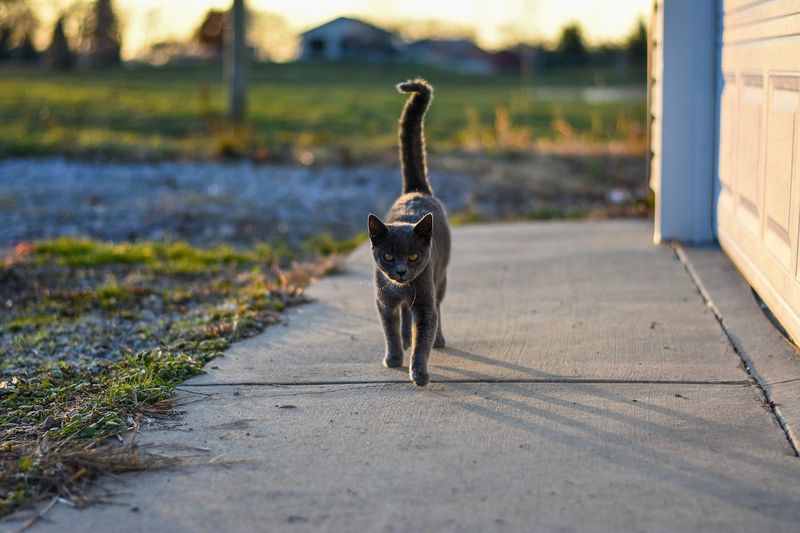
Body posture tells a lot about a cat’s intentions. A cat arching its back with raised fur is likely feeling threatened or preparing to defend itself. This classic Halloween-cat pose is a warning to back off.
Conversely, a relaxed, sprawled-out position indicates comfort and ease. Such postures are common in safe environments, signaling contentment.
In big cats, body language can indicate dominance or submission, crucial for social interactions within prides or packs. Observing these non-verbal cues helps understand their social dynamics and emotional states.
Kneading
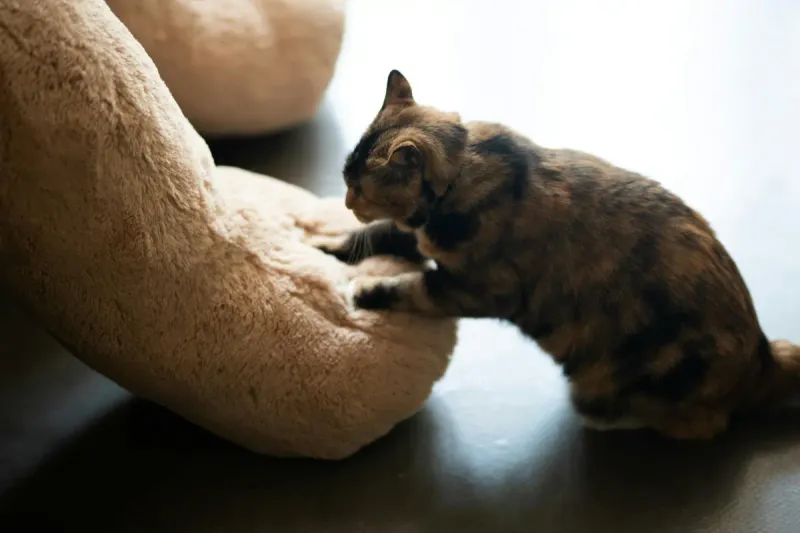
Kneading is a comforting behavior often seen in domestic cats. As kittens, they knead their mothers to stimulate milk flow. This instinct carries into adulthood, becoming a sign of affection and contentment.
Cats often knead soft surfaces, expressing relaxation and happiness. This behavior might also mark territory, as scent glands in their paws leave a familiar scent.
Understanding kneading helps appreciate their emotional needs, fostering a nurturing environment. It’s a testament to their enduring kitten-like qualities, bridging their past and present interactions with humans.
Scent Marking
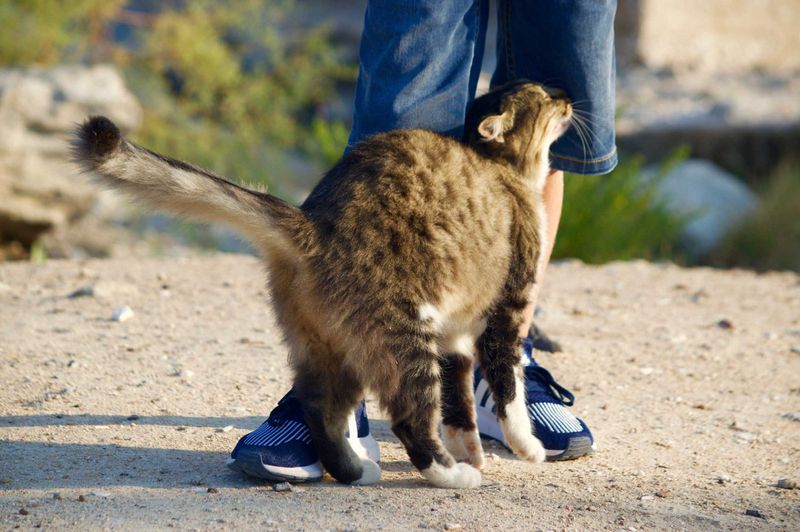
Scent marking is a vital communication method, especially in big cats. By rubbing their faces or bodies against surfaces, cats leave pheromones that convey messages to others. This behavior marks territory, signaling ownership and presence.
In domestic cats, scent marking can occur when they rub against furniture, leaving a familiar scent. This action reassures them, providing comfort in their environment.
Recognizing scent marking helps understand boundaries and social structures among cats, enhancing cohabitation by respecting their space and instincts.
Hissing
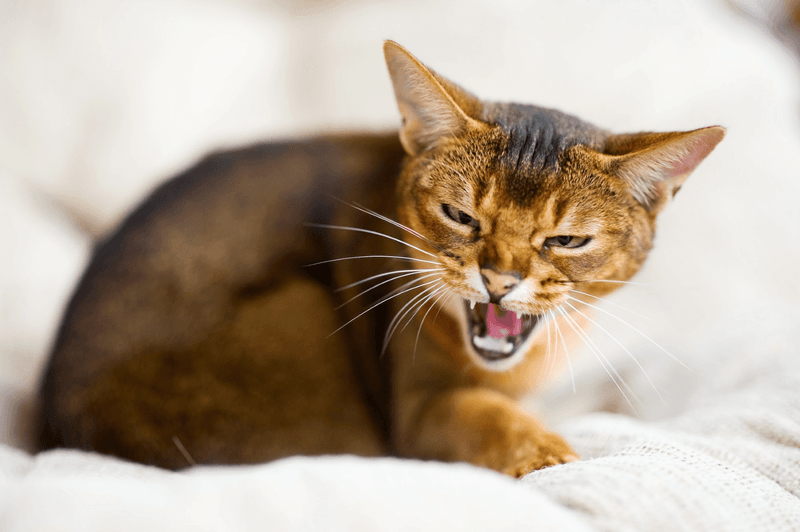
Hissing is a universal feline warning signal. It indicates fear or aggression, serving as a deterrent to potential threats. This sharp sound, accompanied by a defensive posture, is a clear message to back off.
In wild cats, hissing might occur during territorial disputes or when feeling threatened. It’s a vital survival tool, ensuring safety by discouraging confrontations.
Understanding hissing in domestic cats provides insights into their fears and discomforts, allowing owners to address the underlying issues and ensure a safe, supportive environment.
Grooming
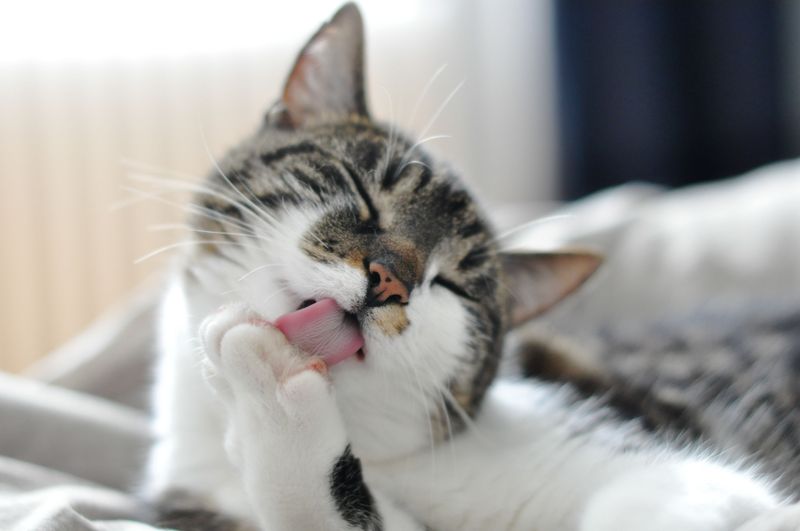
Grooming is more than just cleanliness; it’s a bonding activity among cats. In domestic settings, cats groom each other to strengthen social bonds and provide comfort. This behavior is rooted in family dynamics, maintaining group cohesion.
In big cats, mutual grooming reinforces social structures within prides, reducing tensions and promoting unity. It’s a sign of trust and cooperation, essential for survival.
Understanding grooming behaviors enhances appreciation for feline social interactions and the importance of trust-building practices. It underscores the complexity of their relationships and the significance of companionship.
Vocalizations
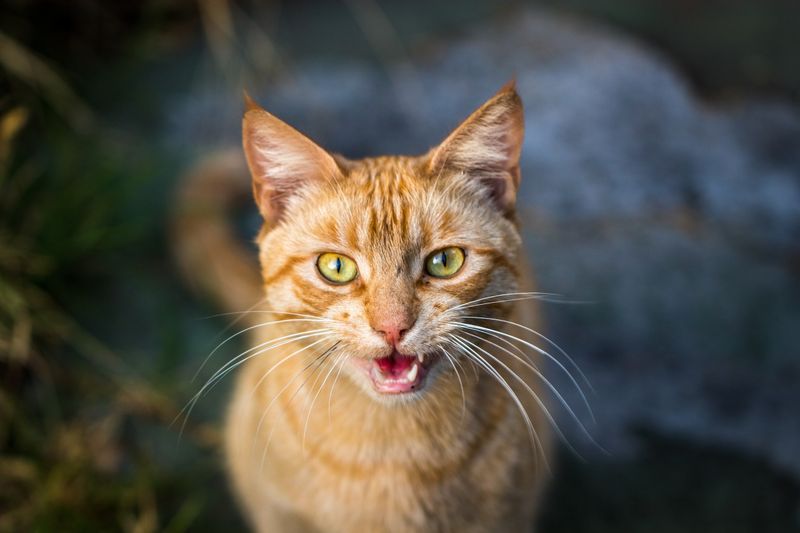
Vocalizations in cats range from meows to roars, each serving unique purposes. Domestic cats use meowing to communicate with humans, expressing needs or emotions. This adaptability highlights their intelligence and social nature.
In big cats, vocalizations like roars signal territory and deter rivals. Each sound carries meaning, crucial for survival.
Recognizing these vocal cues aids in understanding their needs and establishing bonds. It showcases their complex communication systems and the depth of their interactions with the world.
Facial Expressions
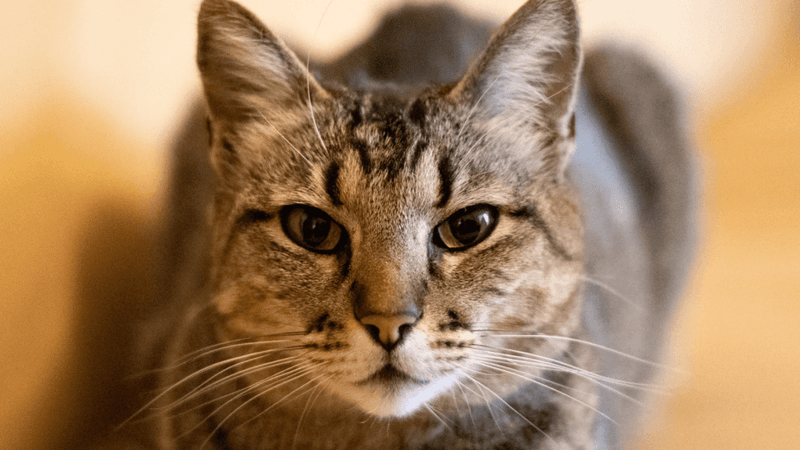
Facial expressions in cats speak volumes. Eyes and ears convey emotions clearly. Wide-open eyes might indicate surprise or vigilance, while narrowed eyes suggest contentment or irritation.
Domestic cats often use eye contact to communicate trust or request attention. Similarly, wild cats rely on facial cues to navigate social interactions and assess threats.
Understanding these expressions enhances communication, bridging the gap between human and feline worlds. It highlights their emotional complexity and the subtle art of non-verbal expression.
Play Behavior
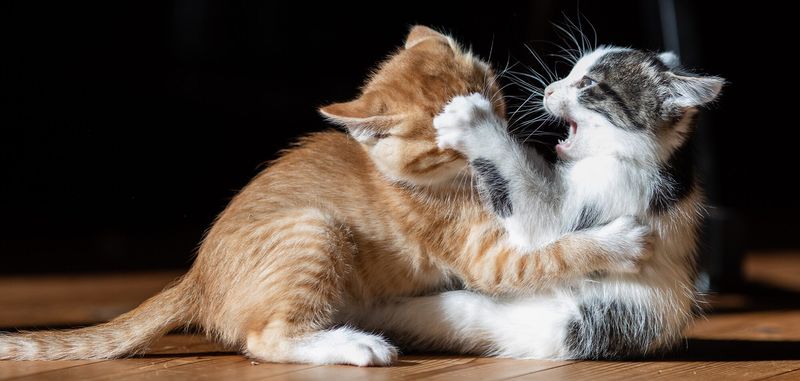
Play behavior is crucial in both big and small cats, reflecting their hunting skills and social dynamics. Young cats engage in play to hone their instincts, essential for survival in the wild. It also builds social bonds, teaching cooperation and hierarchy.
In domestic cats, playtime is an outlet for energy and a way to connect with humans. Toys mimic prey, satisfying their predatory instincts.
Observing play behavior provides insights into their needs and development. It emphasizes the importance of play in maintaining physical and mental well-being, fostering a joyful companionship.

